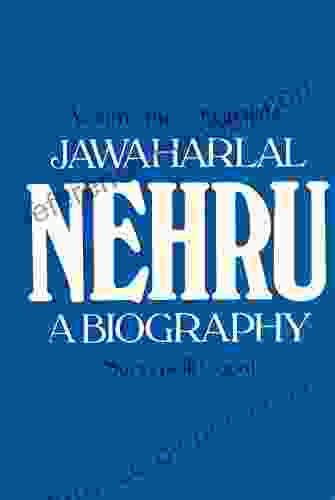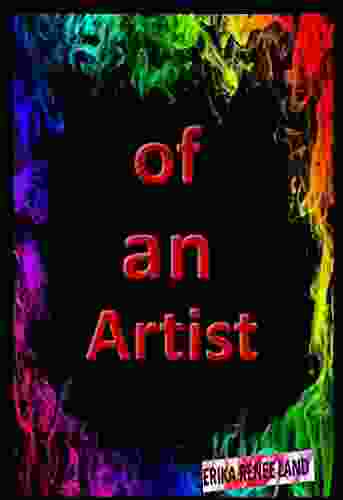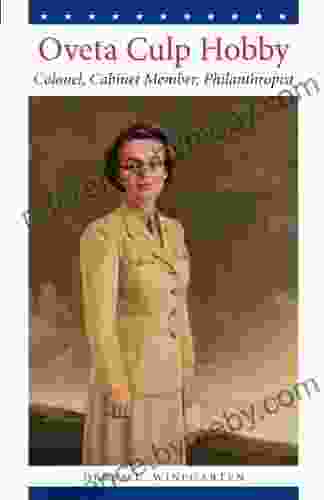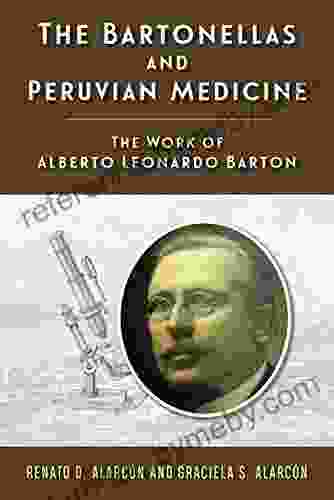Something Like An Autobiography: Unveiling the Cinematic Tapestry of Akira Kurosawa

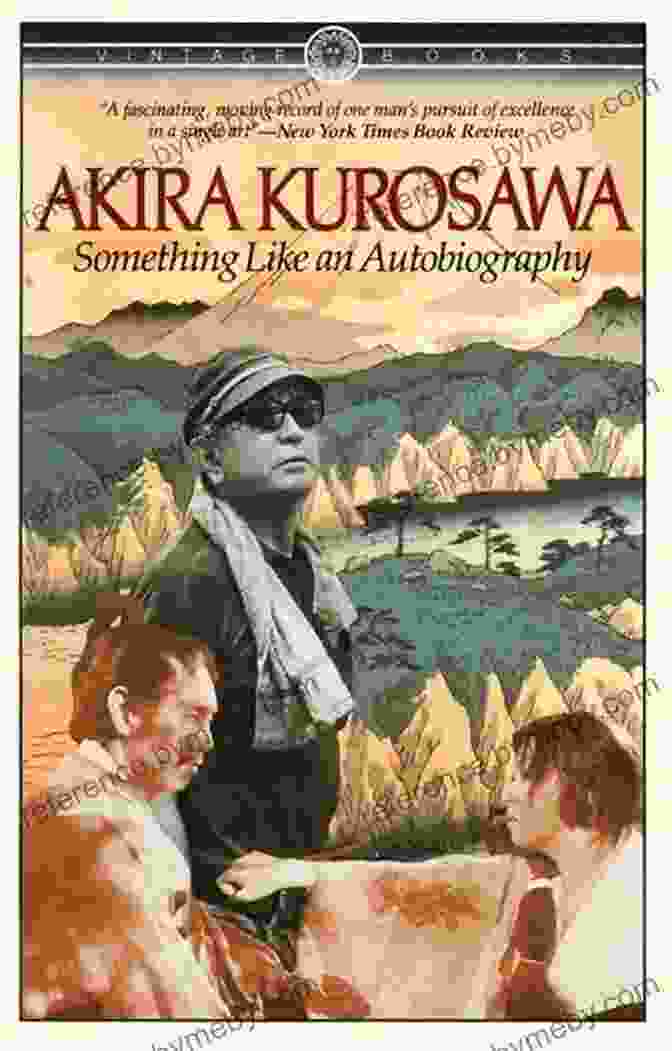
4.8 out of 5
| Language | : | English |
| File size | : | 3909 KB |
| Text-to-Speech | : | Enabled |
| Screen Reader | : | Supported |
| Enhanced typesetting | : | Enabled |
| Word Wise | : | Enabled |
| Print length | : | 316 pages |
Akira Kurosawa, the visionary director behind timeless masterpieces like Rashomon and Seven Samurai, left behind a literary treasure in his autobiography, "Something Like An Autobiography." This intimate and introspective account invites readers into the mind of a cinematic giant, offering an unparalleled glimpse into his creative process, inspirations, and the challenges that shaped his artistic endeavors.
The Birth of a Cinematic Icon: Kurosawa's Early Life and Influences
Born in 1910 in Tokyo, Akira Kurosawa grew up in a family engrossed in the arts. His father was a silent film enthusiast, and Kurosawa spent countless hours at the cinema, absorbing the cinematic techniques that would later define his own style.
Kurosawa's early years were marked by both privilege and hardship. While his family's wealth allowed him to access the latest films and art exhibitions, the Great Kanto Earthquake of 1923 shattered his idyllic childhood. This traumatic event left a profound impact on Kurosawa, influencing his later depictions of violence and social upheaval in his films.
From Painter to Filmmaker: Embracing the Power of Cinema
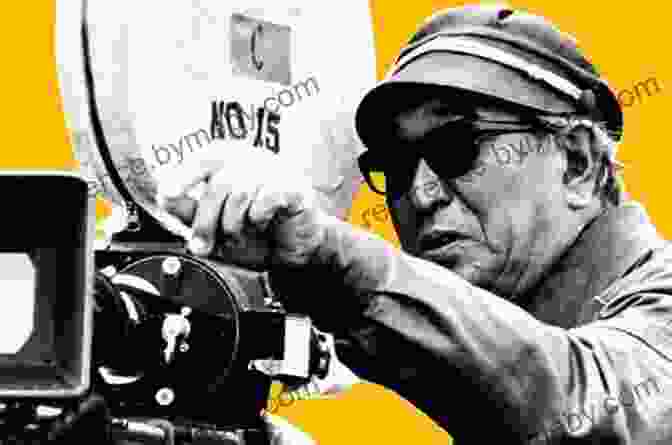
Kurosawa initially pursued a career in painting before realizing his true calling in filmmaking. In 1936, he joined the Japanese film studio P.C.L. as an assistant director. Under the mentorship of renowned director Kajiro Yamamoto, Kurosawa honed his craft, developing a deep understanding of film language and storytelling.
1943 marked a pivotal moment in Kurosawa's career with the release of his directorial debut, Sanshiro Sugata. This film showcased his unique blend of traditional Japanese aesthetics with Western cinematic techniques, setting the stage for his later masterpieces.
Cinematic Masterpieces: Kurosawa's Enduring Legacy
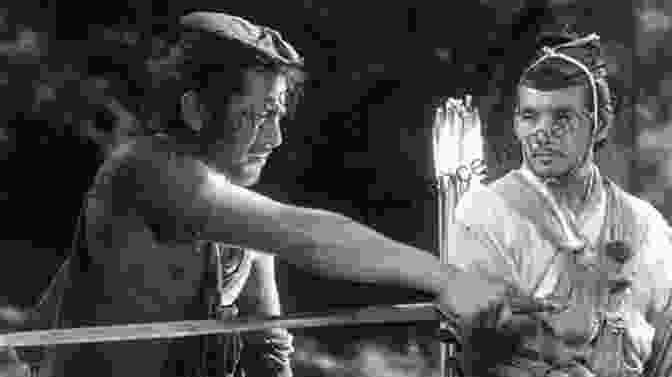
The next decade saw Kurosawa's cinematic genius reach its peak. In 1950, he released Rashomon, a groundbreaking film that revolutionized storytelling with its multiple perspectives on the same event. This film earned Kurosawa international acclaim and cemented his position as a master of Japanese cinema.
Kurosawa continued to push the boundaries of filmmaking with a series of acclaimed films, including Seven Samurai (1954),Throne of Blood (1957),and Yojimbo (1961). These films showcased his ability to blend action, drama, and philosophical themes, creating unforgettable cinematic experiences that resonate with audiences to this day.
Beyond the Camera: Kurosawa's Artistic Vision
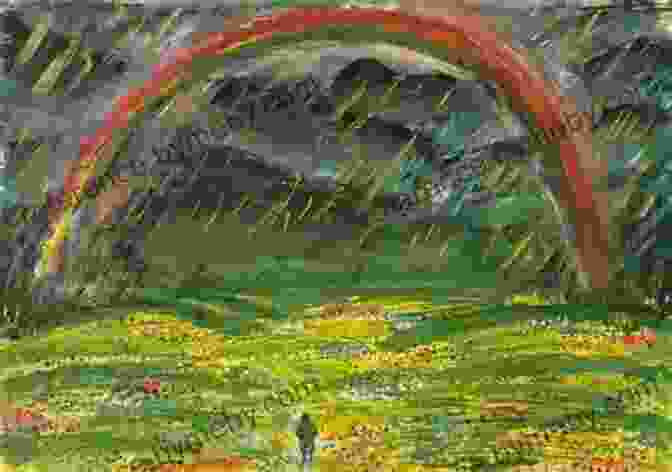
While best known for his cinematic achievements, Kurosawa also found solace and inspiration in painting throughout his life. His artwork, which ranged from traditional Japanese ink paintings to abstract expressionism, provided a window into his inner world and his deep connection to nature.
Kurosawa's paintings often depicted the same themes and characters that appeared in his films. By exploring these themes through different artistic mediums, he gained a multifaceted perspective on the human condition and the universal struggles of life.
"Something Like An Autobiography": A Window into Kurosawa's Creative Genius
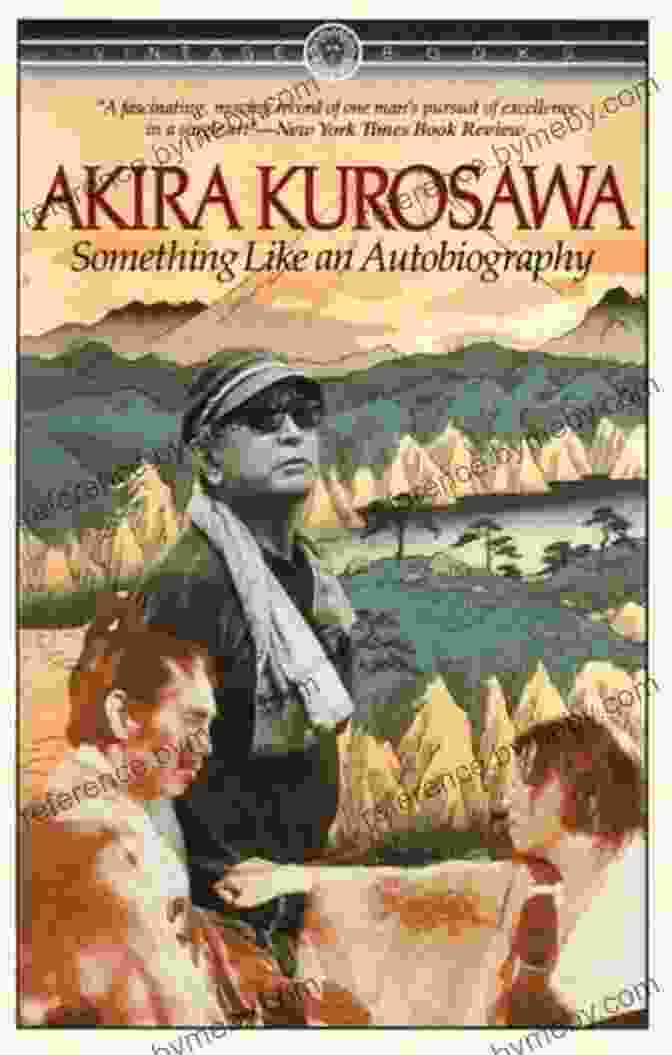
Published posthumously in 1982, "Something Like An Autobiography" is more than a mere chronicle of Akira Kurosawa's life. It is a profound exploration of his artistic journey, providing invaluable insights into the creative process of one of the greatest filmmakers of all time.
Through a series of candid and often self-deprecating anecdotes, Kurosawa delves into his struggles with funding, censorship, and the challenges of translating his artistic visions to the screen. He also shares his thoughts on film technique, the importance of collaboration, and the enduring power of cinema as an art form.
Preserving Kurosawa's Legacy: The Akira Kurosawa Foundation
Established in 1985, the Akira Kurosawa Foundation is dedicated to preserving and promoting the legacy of the legendary filmmaker. The foundation supports various initiatives, including film restoration, educational programs, and international exhibitions.
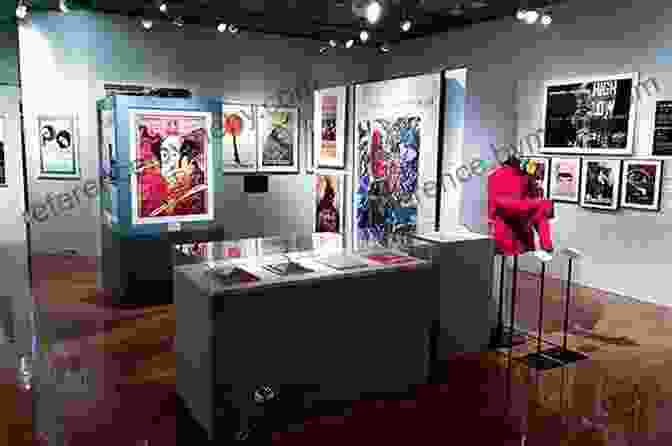
One of the highlights of the foundation's work is the Akira Kurosawa Museum in Tokyo. This museum showcases a vast collection of Kurosawa's personal belongings, film memorabilia, and artwork. Visitors can gain a deeper understanding of his creative process and the inspirations behind his cinematic masterpieces.
: Kurosawa's Timeless Influence on Cinema
Akira Kurosawa's "Something Like An Autobiography" is a captivating and insightful account of a cinematic genius. His legacy extends far beyond the films he created, influencing generations of filmmakers and shaping the course of cinema history.
Kurosawa's masterful storytelling, innovative techniques, and unwavering pursuit of artistic excellence continue to inspire and captivate audiences worldwide. His autobiography serves as a testament to his boundless creativity and the enduring power of cinema as an art form that transcends time and culture.
Whether you are a seasoned cinephile or a newcomer to the world of Akira Kurosawa, "Something Like An Autobiography" is an essential read that will deepen your appreciation of his cinematic genius and provide invaluable insights into the mind of a true master.
4.8 out of 5
| Language | : | English |
| File size | : | 3909 KB |
| Text-to-Speech | : | Enabled |
| Screen Reader | : | Supported |
| Enhanced typesetting | : | Enabled |
| Word Wise | : | Enabled |
| Print length | : | 316 pages |
Do you want to contribute by writing guest posts on this blog?
Please contact us and send us a resume of previous articles that you have written.
 Book
Book Novel
Novel Page
Page Chapter
Chapter Text
Text Story
Story Genre
Genre Reader
Reader Library
Library Paperback
Paperback E-book
E-book Magazine
Magazine Newspaper
Newspaper Paragraph
Paragraph Sentence
Sentence Bookmark
Bookmark Shelf
Shelf Glossary
Glossary Bibliography
Bibliography Foreword
Foreword Preface
Preface Synopsis
Synopsis Annotation
Annotation Footnote
Footnote Manuscript
Manuscript Scroll
Scroll Codex
Codex Tome
Tome Bestseller
Bestseller Classics
Classics Library card
Library card Narrative
Narrative Biography
Biography Autobiography
Autobiography Memoir
Memoir Reference
Reference Encyclopedia
Encyclopedia Eoin Mclaughlin
Eoin Mclaughlin Alan Smith
Alan Smith Adrian Tchaikovsky
Adrian Tchaikovsky Robyn Neild
Robyn Neild Alana Mclaren
Alana Mclaren Susan H Gray
Susan H Gray Alan Revolti
Alan Revolti Rodney Paul
Rodney Paul Ronald Hutton
Ronald Hutton Adrian Colin Doyle
Adrian Colin Doyle Michael Friel
Michael Friel Aiva Books
Aiva Books Kaitlin Ugolik Phillips
Kaitlin Ugolik Phillips Greg Mills
Greg Mills Alain Lempereur
Alain Lempereur Aitziber Lopez
Aitziber Lopez Ulrich Floresca
Ulrich Floresca Alex Light
Alex Light Alan Wolfelt
Alan Wolfelt John C Tucker
John C Tucker
Light bulbAdvertise smarter! Our strategic ad space ensures maximum exposure. Reserve your spot today!

 Henry David ThoreauDive into the Enchanting World of "Remarkable Journey With Alan Reaha Cole"
Henry David ThoreauDive into the Enchanting World of "Remarkable Journey With Alan Reaha Cole" Dallas TurnerFollow ·11.4k
Dallas TurnerFollow ·11.4k Aaron BrooksFollow ·6.3k
Aaron BrooksFollow ·6.3k Noah BlairFollow ·2.1k
Noah BlairFollow ·2.1k Clayton HayesFollow ·16.7k
Clayton HayesFollow ·16.7k Joseph FosterFollow ·3.2k
Joseph FosterFollow ·3.2k Luke BlairFollow ·18.6k
Luke BlairFollow ·18.6k Gabriel Garcia MarquezFollow ·13.8k
Gabriel Garcia MarquezFollow ·13.8k Percy Bysshe ShelleyFollow ·6.9k
Percy Bysshe ShelleyFollow ·6.9k

 Brandon Cox
Brandon CoxStronger: Forty Days of Metal and Spirituality
A 40-day...
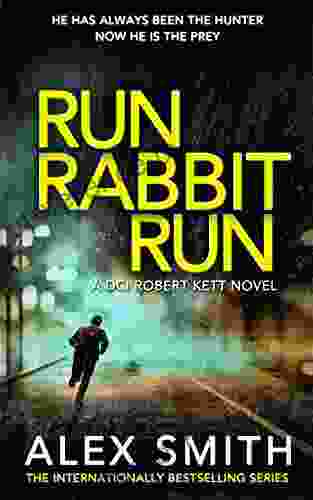
 Dustin Richardson
Dustin RichardsonDelve into the Gripping World of British Crime: DCI Kett...
Unveiling the Intricate Tapestries of Crime...
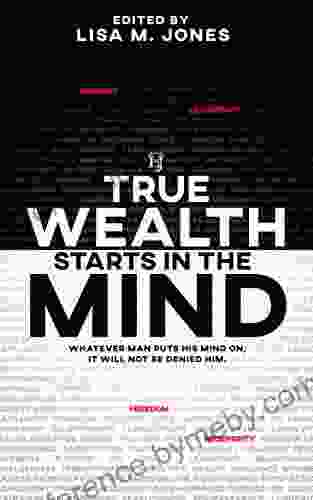
 Giovanni Mitchell
Giovanni MitchellTrue Wealth Starts In The Mind: Unleash Your Inner...
In the pursuit of...
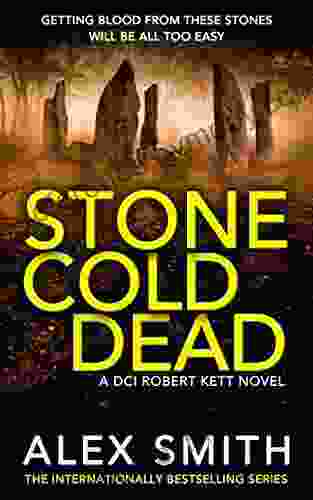
 Duncan Cox
Duncan CoxPulse Pounding British Crime Thriller: DCI Kett Crime...
Prepare for...

 Dashawn Hayes
Dashawn HayesUnveiling the Unwavering Strength and Inspiring Journey...
In the annals of wrestling history, the name...
4.8 out of 5
| Language | : | English |
| File size | : | 3909 KB |
| Text-to-Speech | : | Enabled |
| Screen Reader | : | Supported |
| Enhanced typesetting | : | Enabled |
| Word Wise | : | Enabled |
| Print length | : | 316 pages |





